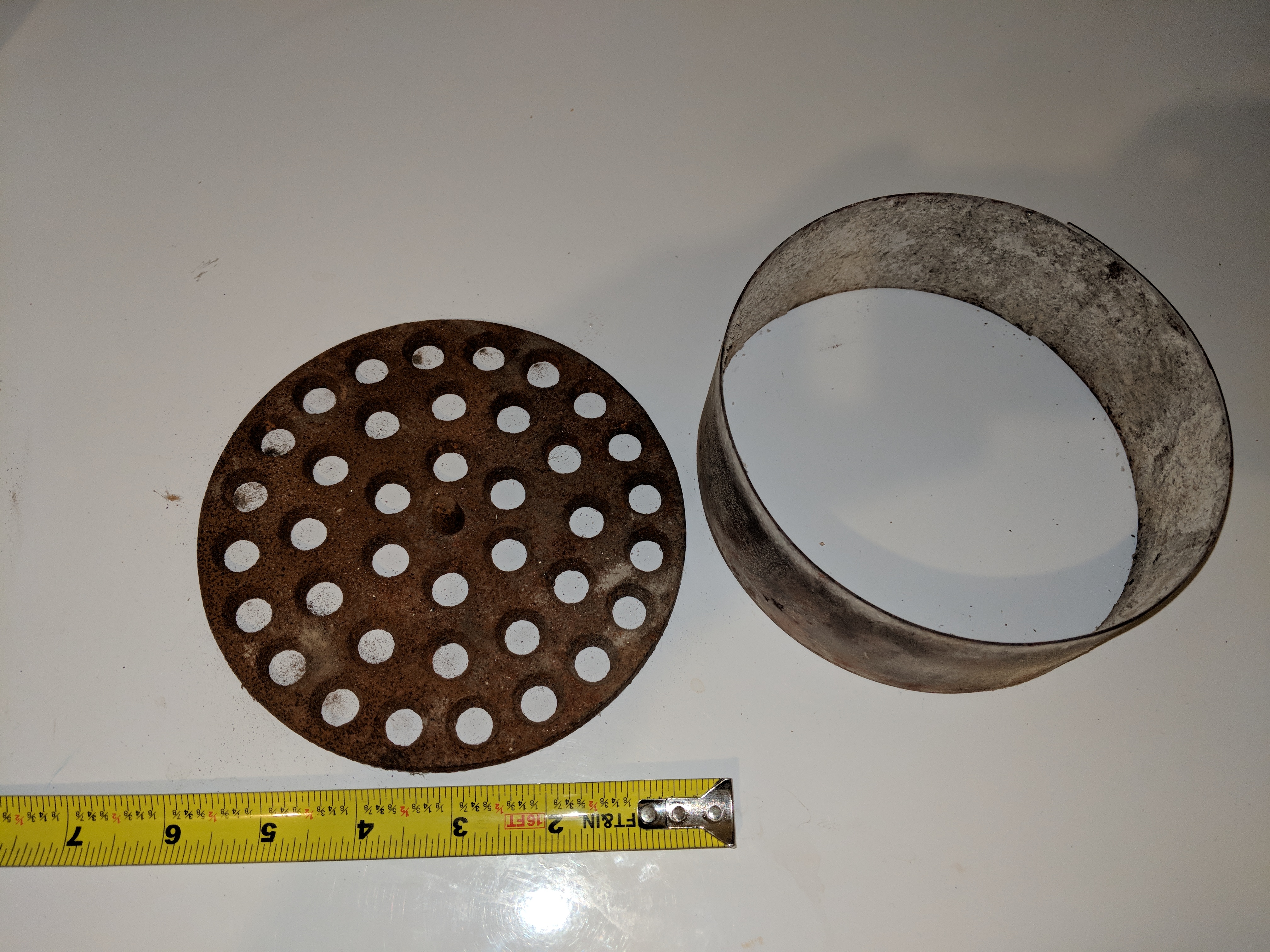Hi to all that reads this thread! I'm having issues with my wood stove, looking for some feedback.
It's a consolidated dutch west. I believe it's fa224 model 2181 but not exactly sure. Anyway, it came with a trailer I bought last year and the previous owner told me that they burned coal in it. I had no desire to burn coal in it so just went with wood. I thought it worked pretty well until I noticed that I melted part of the glass frame and warped the back heat shield, getting her a little too hot I guess!
Fast forward to this year with new parts and trying not to get it so hot and I noticed a severe increase in chimney soot. Been having to clean it every other week so I decided to scan the net to figure out what was going on. After finding a manual on what I believe is the right model I realized I was running it all wrong. Trying to use it properly now I'm finding a severe lack of performance. From what I've dug up on the net so far I'm pretty sure that the catalytic combuster is not working, I'm having a hell of a time trying to heat my place right now and am looking for any feedback on what I should try? Fix the catalytic? Get a new stove? Run it differently?
I've read through some old threads on similar stoves and seems people have some conflicting ideas on running these stoves so I figured I would start a new one to get some more feedback. Sorry for the long rant but any info will be appreciated!
It's a consolidated dutch west. I believe it's fa224 model 2181 but not exactly sure. Anyway, it came with a trailer I bought last year and the previous owner told me that they burned coal in it. I had no desire to burn coal in it so just went with wood. I thought it worked pretty well until I noticed that I melted part of the glass frame and warped the back heat shield, getting her a little too hot I guess!
Fast forward to this year with new parts and trying not to get it so hot and I noticed a severe increase in chimney soot. Been having to clean it every other week so I decided to scan the net to figure out what was going on. After finding a manual on what I believe is the right model I realized I was running it all wrong. Trying to use it properly now I'm finding a severe lack of performance. From what I've dug up on the net so far I'm pretty sure that the catalytic combuster is not working, I'm having a hell of a time trying to heat my place right now and am looking for any feedback on what I should try? Fix the catalytic? Get a new stove? Run it differently?
I've read through some old threads on similar stoves and seems people have some conflicting ideas on running these stoves so I figured I would start a new one to get some more feedback. Sorry for the long rant but any info will be appreciated!






























































